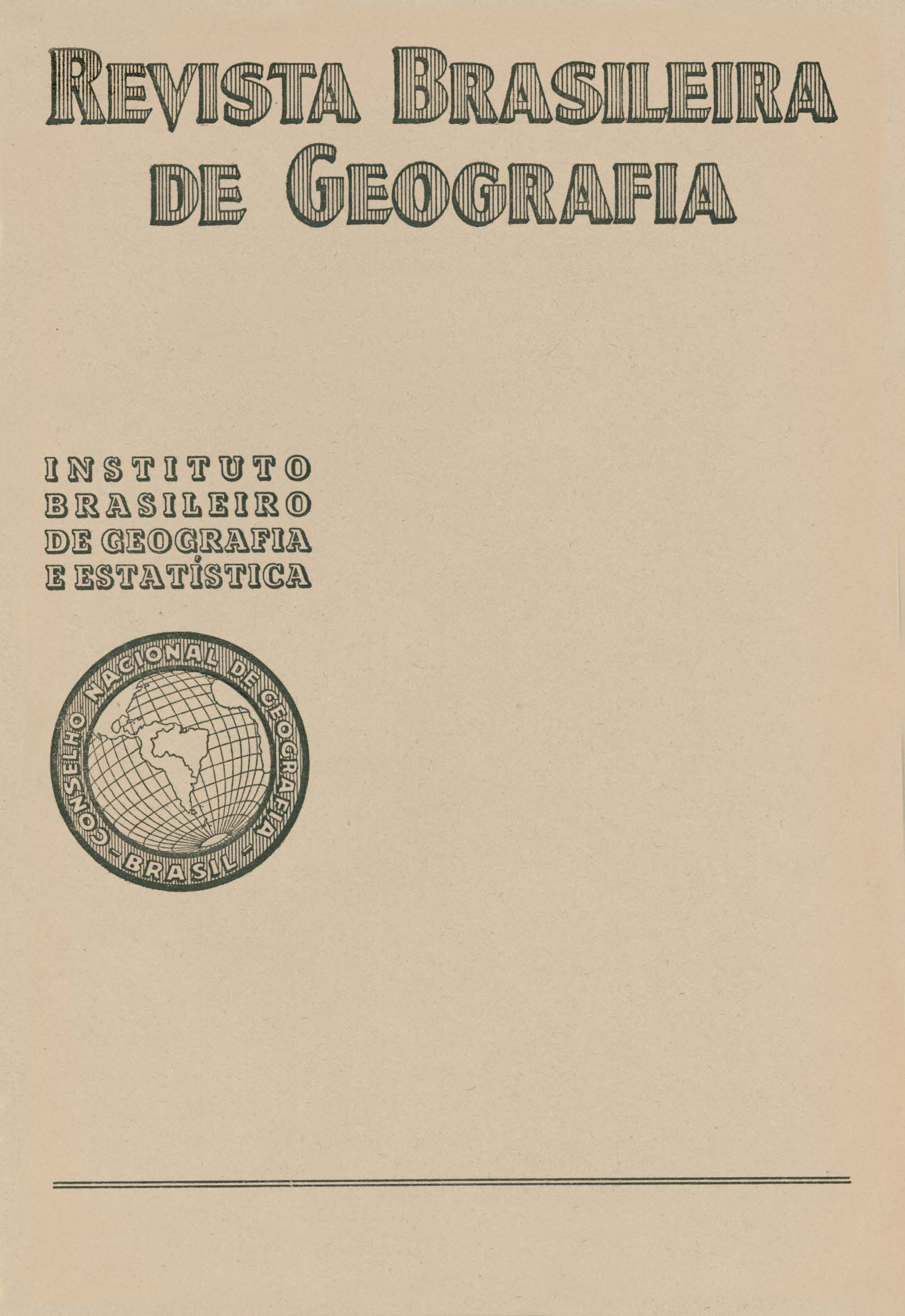Iminência duma “grande” seca nordestina
Algumas indicações empíricas de sua possível ocorrência em torno de meados do atual decênio.
Keywords:
Brasil; Nordeste; Secas; MeteorologiaAbstract
Preliminary, the author states that one of the main objectives of his meteorological studies in the last 14 years, has been to discover and define the influence of solar activity upon the atmospheric circulation over Brazil, and particularly upon the annual rainfall variation on the southeastern sections of the country. He mentions his paper read at the 8th American Scientific Congress, held in Washington, D.C., in May 1940, with the first results secured through the examination of numerous Brazilian weather charts. It was noted then that very frequently an increase of rainfall coincided with large sunspots and groups of spots approaching, crossing and receding from the sun's central meridian, specially so in the first two cases. Arguing with a hotter sun when active, he adopted the explanation of the solar influence through overheating tropical air masses. He believes such mechanism should be related with the findings of solar influence on atmospheric circulation by Clayton Kullmer and Schell, for example, and also believes such action cannot be exerted on higher latitudes, on account of their more vigorous. defined vorticose systems. Profits by the opportunity to remind that studies of solar influence upon atmospheric circulation were received in the past with distrust and skepticism, but nowadays, even the most conservative authorities look upon them as a pressing necessity.
Following the research with weather charts the author searched for the solar action within the long rainfall records, splitting their curves by Fuhrich's method. In most of the time series handled, he found the solar fundamental cycle or its double - the Hale period – as principal components. From Fortalesa' s curve he extracted a 12.9 and a 23.7 year periodicities, not so satisfactory, nothing nevertheless that solar influence was also marked on Ceará's large rainfall variations. Although skeptical as to the practical value of predictions based on extrapolated of the sum of component curves, he was surprised to verify in Ceará's graphic that the general run of actual rainfall coincided very nicely with the extrapolated curve, from 1939 up to the present. He therefore deems probable the occurrence of a new drought in the Northeast, around the next trough of the extrapolated curve coinciding as it does with the coming minimum o f solar activity, located by him between l956 and 1957.
The author after a thorough analysis of past solar cycles, found that they run in sequences of seven oscillations, four successive big cycles followed by three smaller ones. He bases this conclusion less on the amplitudes of the cycles involved, but rather on the angular aperture of the troughs, which are naturally sharper in the big cycles.
Comparing the dates of the six biggest droughts occurred in Northeastern Brazil, since registered from the 17th century, he noted that three of them fell on a particular sector of that seven-cycle pattern, that is, between the peak of the fourth large cycle and the commencement of the first maller one. Considering that this seven-cycle sequence appears to have some physical significance, as demonstrated in Clayton’s posthumous paper. published in 1947, the author admits the probability of being o big drought the next marked rainfall deficiency expected as referred above, given that the date coincides with the critical sector of the seven-cicle series. A big drought in the Brazilian classification is an intense, protracted drought, covering completely the northeastern sections of the country.






